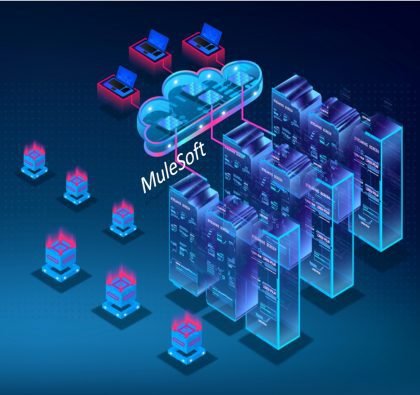Back in July in partnership with Confluent, Coforge held a webinar discussing the transformation being caused by event-streaming and event-driven architectures in modern banking. In this blog (and infographic) we summarise the key takeaways from that webinar, showcasing how forward-looking banks are getting ahead of the curve with real-time streaming.
When it comes to banking, event streaming and event-driven architecture is transforming the way banks operate on a daily basis. In the table below, we examine these transformations:
Payment Processing
| WITHOUT EVENT STREAMING | WITH EVENT STREAMING |
|---|---|
| Batch orientated with settlements happening T+1 or T+2 | Real-time payment processing High throughput that easily scales on a small hardware footprint |
| Legacy MQ technologies that are difficult and costly to scale | De-coupled producers and consumers |
Retail Banking
| WITHOUT EVENT STREAMING | WITH EVENT STREAMING |
|---|---|
| Nightly updated account balance Batch fraud checks | Real-time account updates Real-time credit card fraud alerts |
| Limited view of the customer | 360 / Omni channel view of the customer |
Capital Markets
| WITHOUT EVENT STREAMING | WITH EVENT STREAMING |
|---|---|
| Batch oriented compliance reporting (OATS, FRTB) Batch view of risk | The ability to aggregate disparate risk systems to get an intra-day view of market & credit risk Real-time pricing using stream processing |
| Spreadsheet-driven trading Manual clearing and settlements | Integrated and automated clearing & settlement |
Click on the image below to open the full infographic with the most successful use cases in banking:
If you would like to find out how to become a data-driven organisation with event streaming, Kafka and Confluent, then give us a call or email us at Salesforce@coforge.com
Other useful links:



